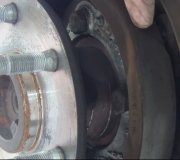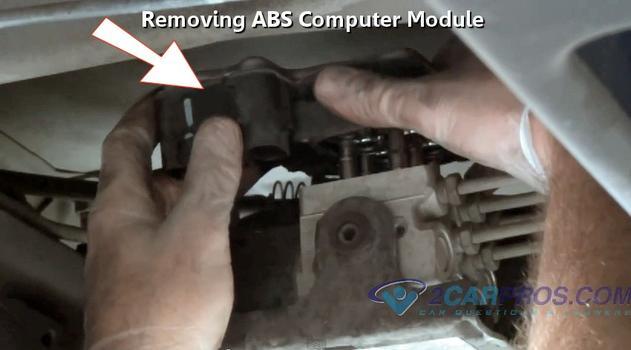There is only one proper repair and it's going to be expensive. You must drain all of the brake fluid out of the entire system, replace ALL parts that have rubber parts that contact the brake fluid, flush and dry all the steel lines, then refill with clean fluid from a sealed container. You MUST replace the front calipers, rear wheel cylinders, all rubber hoses, the master cylinder and reservoir bladder seal, and the combination valve. If the van has anti-lock brakes, the hydraulic control unit must also be replaced.
All of the rubber parts will swell and become mushy. You'll see that with the bladder seal under the reservoir cap. If any rubber part is not replaced, the petroleum product will leach out and destroy all of the other new parts and you'll be starting all over again.
I did a demonstration for my students every year to show how critical it was to keep the brake fluid clean. I dropped two rubber wheel cylinder seals into a pair of beakers with new brake fluid and let them sit for a week. In one of them I added two or three drops of power steering fluid into the inch of brake fluid. By the end of the week the contaminated seal had grown by about 20 percent and was real mushy. Those rubber parts are only compatible with brake fluid which is a glycol product. They are not compatible with petroleum products.
Saturday, February 27th, 2021 AT 11:41 AM
(Merged)


